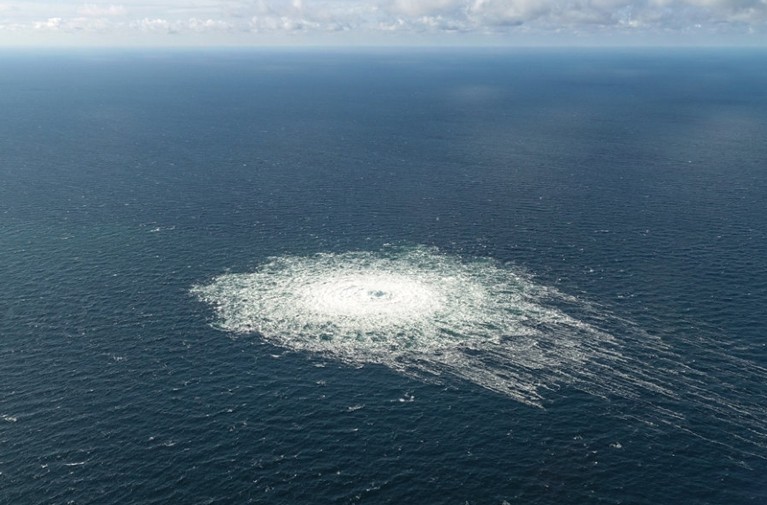 |
| FROM COMPACT |
by Jacob Schell
One of the most revealing artifacts of Latour’s intellectual shift is a 2004 article,
“Why Has Critique Run out of Steam?,”
which is in effect a self-disavowal. The article presaged the crisis that now afflicts academic critical theory, which is still seen by both detractors and adherents as a subversive, iconoclastic discipline, but whose practitioners have largely settled into the role of rubber-stamping the latest ideological fads of cultural liberalism...
But climate science, for Latour and like-minded critical theorists, wasn’t to be grouped in with Cold War-era Big Science—even if climate science was, and is, both “Big” and “Science.” It’s not hard to see why. Postwar Big Science had been linked with the military-industrial complex and the West’s pursuit of geopolitical dominance. In contrast, climate scientists aligned themselves with activist causes that originated in the counterculture, and saw themselves as fighting on behalf of humanity as a whole and against the fossil fuel industry and other industrial juggernauts. Hence, to join with the forces critiquing climate science would be a tactical error that mistook the struggles of the early 21st century for those of the previous century.
Even if we accept that premise, a dilemma remains: What work is left for the critical theorist resigned to “trusting the science”? After all, this attitude places such a figure well downstream from the social arena Latour spent the prime of his career critiquing: that of science and its social, technological, and monetary support systems. So in this new scenario, the theorist waits passively to receive truths worked out in advance somewhere upstream. At best, after receiving these truths, produced by scientists competing over NSF funds and summit invitations, the critical theorist adds some intellectual polish—or develops a hermeneutic to stigmatize skeptics.
One objective of late 20th century critical theory had been to maintain the intellectual sovereignty of the social theorist and of the institutional and livelihood trappings around this figure. A theorist who doesn’t merely “trust the science” has his or her own type of work to do, and thus has solid ground on which to assert intellectual autonomy.
In 2004, despite his pivot, Latour still valued this autonomy. In “Why Has Critique Run Out of Steam?” he attempted to deal with this dilemma through an appeal to the anti-modernist philosopher Martin Heidegger. Heidegger offered Latour a distinction between authentic and alienating experience, which Latour hoped to repurpose as a mechanism to help a new generation of critical theorists distinguish “good” from “bad” science. The distinction is vague and almost tautological. Still, Latour recognized that if critical theorists were to retain any intellectual autonomy, they would have to refer to some kind of value system more fundamental than science.
In the 2020s, the intellectual offspring of critical theory have joined not only the fight against global warming, but the fight against “misinformation.” This alignment amounts to being even more credulous about claims of stable, non-political distinctions between truth and falsehood, since such distinctions are necessary to determine what counts as “misinformation.” At the same time, though, those informed by critical theory still engage in selective science skepticism (notably, about the areas of biology dealing with sex differences).
For critical theory, this represents a double failure. Latour’s desire for a rigorous analytical mechanism for choosing which science to embrace and which to treat as politically constructed has not been fulfilled.
Instead, a coalitional logic worked out well upstream from the terrain of critical theorists now determines which science they must identify as good or bad. Critical theorists do not even cherry-pick which science they deem trustworthy. They simply wait to be told—by the foundations that fund their work, or by political parties and activists—which cherries to pick and which to avoid.

















